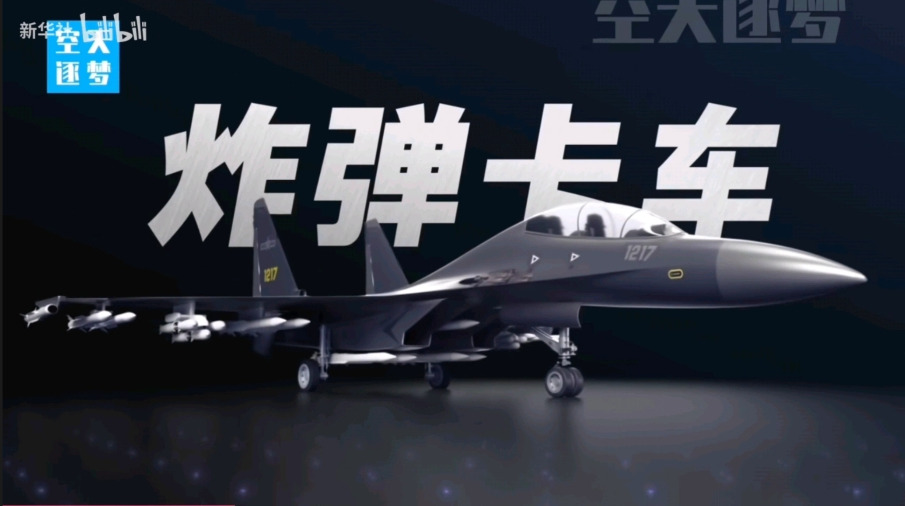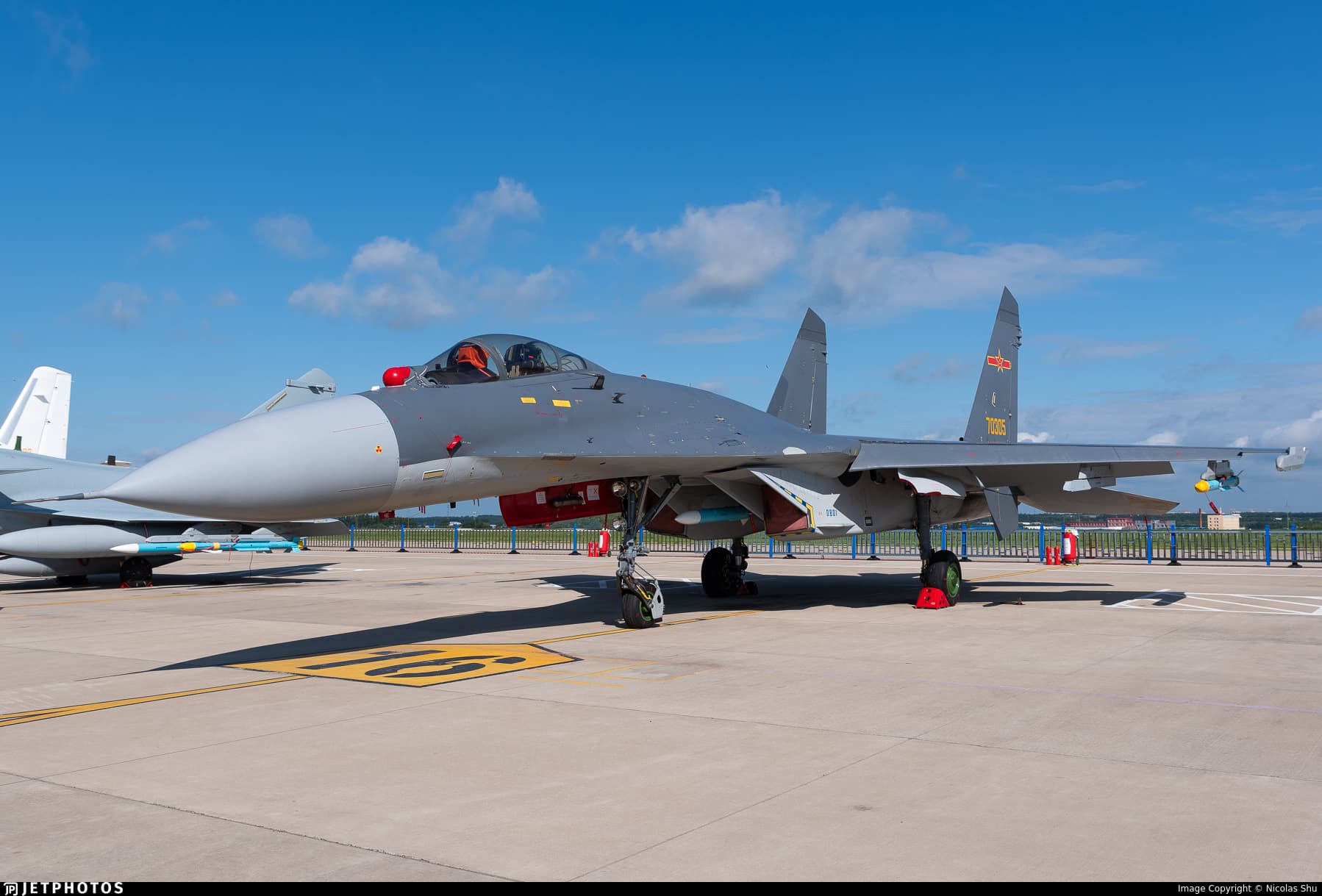No.
The J-11B retained the analog fly-by-wire flight control system from the Su-27SK, while the J-11BS introduced a new digital system.
does the J11B use composites like the J15 ?
The pylons are redesigned so they can’t carry them anymore.
yes.
In terms of war thunder-relevant capabilities that’s about half of the changes, but the J-11B also saw:
- Glass Cockpit
- Domestic LCD MFDs and Computers
- Lighter, newer domestic avionics
- More capable RWR/Data fusion
- Domestic CAS weaponry
- Guided weapon capability (TGP)
- General compatability for PLAAF weaponry
- WS-10 (depends on batch of J-11B)
- Chinese IFF and Radios
While the major things it keeps the same are:
- Airframe (in principle, no radical design shift)
- FBW system
- CM count
Actually not.
The initial Batch 00 J-11B upgrades primarily included three improvements:
- Airframe weight reduction achieved through composite materials, monolithic manufacturing fuselage frames, and lighter avionics equipment
- Avionics modernization featuring a glass cockpit, radar, RWR, MAWS, internal ECM, and IFF systems
- Integration of domestic air-to-air weapons including the PL-12 and PL-8
Areas that remained unimproved were:
- Ground attack functionality, as the Type 1493 radar and fire control system’s air-to-surface integration was shelved due to the 2008 IOC deadline, with this capability later implemented on the J-15
- The fly-by-wire system, which saw no changes for the same reason and was ultimately upgraded in the J-11BS
- The Engine. Since early WS-10A testing faced challenges compounded by the retirement of the previous-generation high-altitude test platform while the next-generation IL-76 high-altitude testbed hadn’t arrived, leading to WS-10A high-altitude trials being conducted on the J-11BS later.
In subsequent production, Batches 02-06 transitioned to the WS-10A engine, while Batches 07-08 incorporated the new WS-10 with a new AESA radar and gained PL-10/PL-15 launch capability, though it remains unclear whether Close Air Support features were enhanced.
I’m talking Block 02 (the one in game) and later, when mentioning earlier blocks I bracketed specific changes eg:
Yes. But the development of the J-11B still left several regrettable shortcomings, and its comprehensive functional improvements were only fully realized with the J-16.
Agreed, but the intention of my post was to “fill in the gaps” of what another user mentioned, as opposed to a comprehensive overview of the J-11B, and as for War thunder, they really should’ve skipped the current model and opted straight for a J-11B Block 09 with AESA, since it’s still compatible with the current Chinese AAMs (PL-12/PL-8B)
There’s no Block 09. The last batch is 08 produced in 2017.
Whatever is suggested in this post then, just anything to have some more Chinese AESAs at top tier
The J-11B hardly ever uses any CAS weaponry only ones ever used are rocket pods AFAIK.
all the guided CAS loadouts in game are fictional
Completely wrong, my dear friend. The only connection between the J-15 and Su-33 is that both drew some reference from the T-10K. In fact, the J-15’s main reference should be the J-11 series—after all, the T-10K arrived too late, and the J-15 made its maiden flight only a few months later. There simply wasn’t enough time to fully absorb the technology from the T-10K, so there must have been other design references.
Also, forgive me for being blunt, but the Su-33’s design is absolutely terrible. Its massive airframe weight prevents it from taking off with full fuel and armament, completely negating the Su-27 family’s advantages in range and payload capacity, turning it into nothing more than an oversized deck guard. On top of that, its awful N001 radar doesn’t even allow it to launch active radar-guided missiles.
Su-30MKK and J-16 seem more suited for CAS, albeit CAS doesn’t particularly valued, the PLAAF places their emphasis on ASM combat far more
This article has little to do with the later batches of the J-11B, lol.
Here is a photo of the first J-11B from Block 08.
i think u are confusing it with J16. j15 will struggle at 14.3 (or above) with only 48CMs. but it will be pretty good in sim.
can u share pics ?
then why does the j15 have 48CMs ? the only other flanker with 48CMs is the su-33. why would they reduce the amount of CMs. this reduction wasn’t applied to the J16 only J15.

